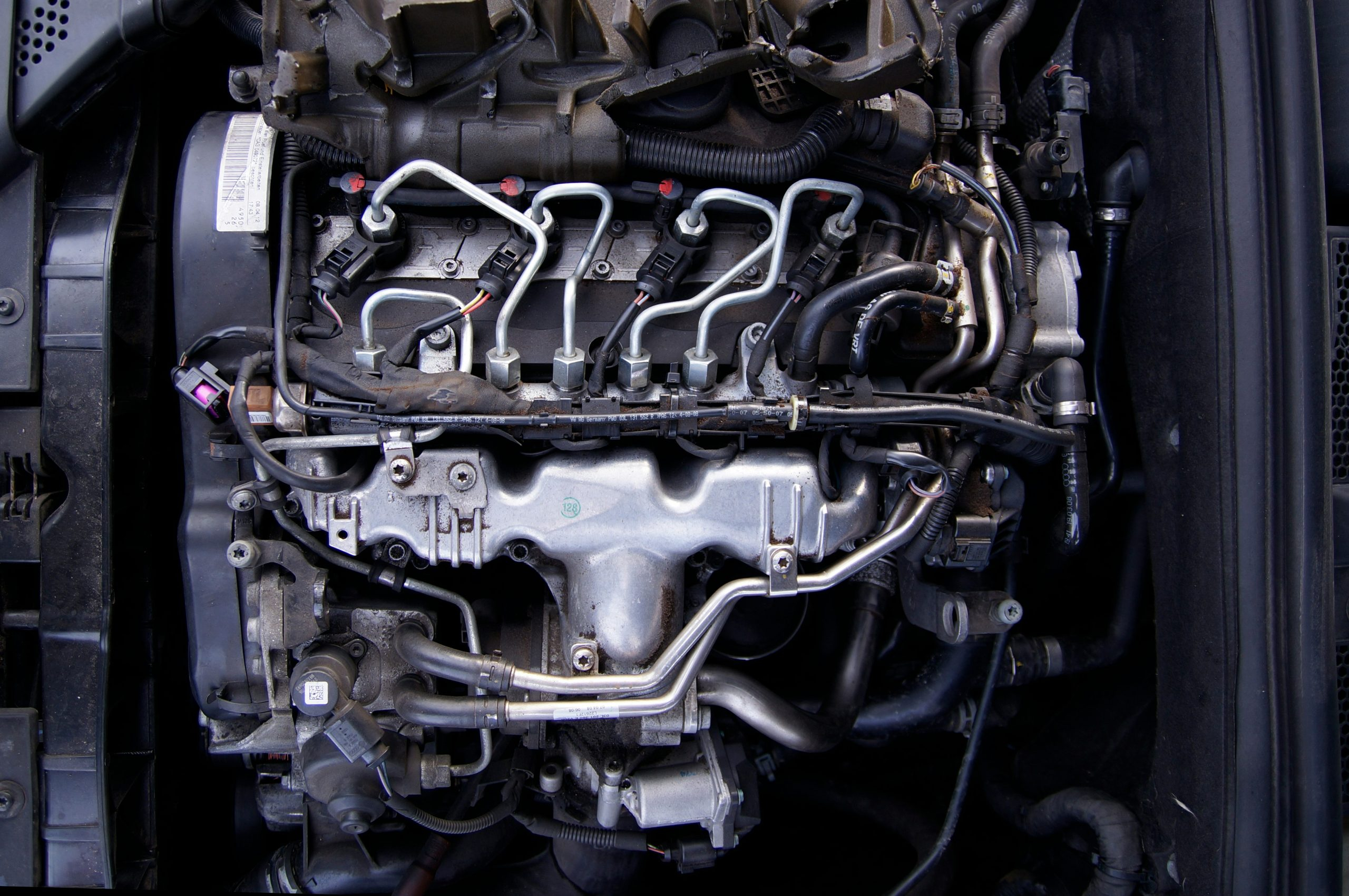Mastering the Art of Automotive Electrical Diagnostics
Welcome to the world of automotive electrical diagnostics, where the skilled technician and the perfect combination of tools and techniques hold the key to solving even the most complex electrical issues in a vehicle. Many modern cars have become increasingly reliant on electrical systems, making it crucial for mechanics to be equipped with advanced knowledge and expertise in this field. Mastering the art of automotive electrical diagnostics is essential for any mechanic looking to excel in their profession. In this article, we will delve into the world of automotive electrical diagnostics and uncover the key steps to becoming a master in this craft.
Understanding the Basics of Automotive Electrical Systems
Before we dive into the intricacies of automotive electrical diagnostics, it is essential to have a good understanding of the basic components and functions of a vehicle’s electrical system. Every modern car is equipped with a complex network of electrical components and wiring, designed to power various systems and provide a seamless driving experience.
The three main components of a vehicle’s electrical system are the battery, starter, and alternator. The battery is responsible for storing and supplying the electrical energy needed to start the engine and power various systems. The starter uses the battery’s stored energy to crank the engine, allowing it to start. Once the engine is running, the alternator takes over and supplies power to the vehicle’s electrical systems while also recharging the battery.
Using Advanced Diagnostic Tools
The key to mastering automotive electrical diagnostics lies in the use of advanced diagnostic tools. These tools are specifically designed to identify and diagnose problems in a vehicle’s electrical system quickly and accurately. They include multimeters, oscilloscopes, scan tools, and wiring diagrams. These tools help mechanics pinpoint the exact location and nature of the electrical issue, saving valuable time and effort. With the advancements in technology, many diagnostic tools now come equipped with wireless capabilities, making it easier for mechanics to collect and analyze data.
Investing in quality diagnostic tools is essential for any mechanic looking to excel in automotive electrical diagnostics. These tools can be costly but consider it an investment in your profession, as they will significantly help improve your efficiency and accuracy in diagnosing and solving electrical issues.
Thorough Understanding of Electrical Circuitry
Mastering automotive electrical diagnostics requires a thorough understanding of electrical circuitry and how each component in the system works together. A successful mechanic must be able to read and interpret wiring diagrams, understand how different components work, and how they interact with each other. Knowing the basics of electrical circuits and how to read schematics will allow mechanics to easily trace wiring, identify problem areas, and make necessary repairs.
Additionally, familiarity with common electrical issues and their symptoms can go a long way in diagnosing problems quickly. For example, a failing battery may cause dim headlights, difficulty starting the engine, or random electrical malfunctions. A mechanic trained in electrical diagnostics will be able to recognize these warning signs and take appropriate actions to solve the issue.
Continuous Learning and Practice
Like any skill, mastering the art of automotive electrical diagnostics requires continuous learning and practice. With advancements in technology, vehicles are becoming more complex, and electrical systems are constantly evolving. Mechanic professionals must stay updated with the latest tools and techniques to diagnose and repair these systems effectively.
Hands-on experience is crucial in becoming a master in this field. As a mechanic, you should take every opportunity to work on electrical systems and hone your skills. Practicing on different vehicles and scenarios will help you become more efficient in identifying and fixing electrical issues.
Conclusion
Mastering the art of automotive electrical diagnostics may seem like a daunting task initially, but with the right tools, knowledge, and practice, it is well within reach. Understanding the basics of automotive electrical systems, using advanced diagnostic tools, having a thorough understanding of electrical circuitry, and continuous learning and practice are all crucial steps in becoming a master in this craft. With these skills, you can confidently take on any electrical issue and provide your clients with top-notch service, making you stand out as a skilled and sought-after mechanic in the industry.











